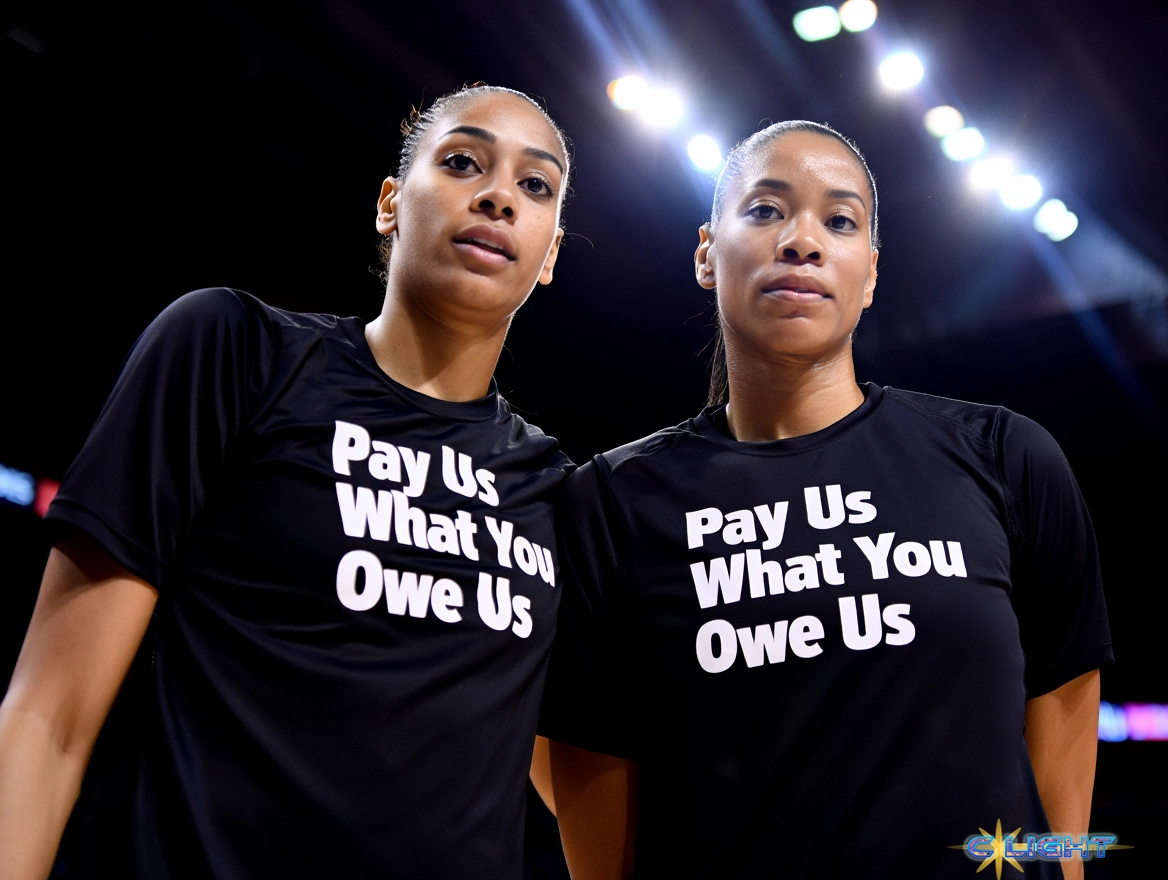For years, the Indiana Fever were a ghost. After the legendary Tamika Catchings retired, the team languished, a perennial stranger to the playoffs. Attending a game at Gainbridge Fieldhouse was a quiet affair; the most common excuse for not going was that the games were often scheduled for the middle of a weekday. Then, in last year’s draft, the Fever selected Caitlin Clark, and everything changed.
And not just for the team, or even for the WNBA. Everything changed for the entire state of Indiana. I’ve lived in Indianapolis for twenty years, and the hype currently surrounding the Fever is unlike anything this city has seen since Peyton Manning was leading the Colts to the Super Bowl. It is just that big. On game days, in the oppressive humidity of a Midwestern summer, the plaza outside the arena is filled to capacity, with lines of fans snaking down the streets. People no longer complain about the 3:30 PM start times; they are planning entire vacations around a trip to watch the team play. They haven’t just changed the sport; they’ve changed this town.
Part I: The Shot Heard ‘Round the League
It was in this super-charged atmosphere, in the very city at the heart of this new boom, that the WNBA’s biggest stars chose to make their stand. During the warmups for the All-Star Game, every player took the court at Gainbridge Fieldhouse wearing a simple black t-shirt with a bold, unambiguous message: “Pay Us What You Owe Us.” The move was a strategic masterstroke, coming just two days after a disappointing round of collective bargaining negotiations with the league. As the game went on, the fans joined the protest, booing the WNBA commissioner and chanting “Pay them!” It was a spontaneous eruption of solidarity. “We didn’t know that was going to happen,” said guard Kelsey Plum. “It just shows that as players, we are united, but the fans are united in believing what we’re seeking.”
Part II: The Bad-Faith Backlash
Outside the arena, however, the reaction was predictably hostile. A familiar chorus of critics immediately dismissed the players’ demands, citing a New York Post article claiming the league was on track to lose $40 million and was still being subsidized by the NBA. “Ladies, you owe, not the other way around,” posted one podcast host. The argument was simple: the league isn’t profitable, so the players should be grateful for what they have. It’s a classic anti-labor talking point, and in this case, it is a deliberate and misleading lie.

Part III: The Financial Reality
The argument that the WNBA is an unprofitable venture is a bad-faith assessment based on past investments, willfully ignorant of the league’s explosive current value and guaranteed future revenue. The facts are not in dispute. The WNBA recently secured a colossal $2.2 billion, 11-year media rights deal that kicks in in 2026. Franchise valuations are skyrocketing, with the new Golden State Valkyries valued at a record-breaking $500 million and expansion fees for new teams set at $250 million. This is not charity; it is a reflection of a booming business. Viewership is up 170% on ESPN, ticket sales are up 26%, and merchandise sales have increased by 40%. The NBA’s past support was not a subsidy; it was an investment, and that investment is now paying off handsomely for the owners.
Part IV: The Double Standard
This brings the players’ core demand into sharp focus. As Las Vegas Aces star Kelsey Plum stated with perfect clarity, “We’re not asking to be paid the same as men. We’re asking to be paid the same percentage of shared revenue.” Currently, WNBA players receive a mere 9.3% of the league’s revenue, a figure The Atlantic rightly calls “embarrassing.” By contrast, their male counterparts in the NBA, NFL, and NHL all receive roughly 50%.
This is where the debate reveals its ugly, biased underpinnings. As noted in The Lead, when NBA players demand a larger revenue share, it is framed by the media as a “legitimate expression of the free market.” But when WNBA players make the exact same business argument, it is dismissed as an “excessive feminist demand.” This is a textbook example of testimonial injustice: the media and the public are simply “not willing to listen with the same neutrality” when the voice comes from women, applying a credibility deficit to their legitimate economic case.

Part V: The Growing Chorus of Support
But the tide is turning. The players are no longer fighting this battle alone. The fans are with them, chanting in the stands. And, crucially, they are gaining unexpected allies from the old guard of sports media. ESPN’s legendary college basketball analyst Dick Vitale has become an outspoken advocate. “Since the arrival of @CaitlinClark22 the @WNBA’s growth has been fantastic,” he wrote on social media. “The players are so UNDERPAID! They DESERVE a big increase!” His unequivocal support helps to dismantle the bad-faith argument, framing the issue not as a culture war talking point, but as a simple, common-sense matter of fairness.
A Fight for Respect
The fight for a new collective bargaining agreement is a battle on two fronts. The players must combat a deliberately misleading financial narrative, one that is easily disproven by the hard data of the league’s massive growth. But they must also fight a deeper, more insidious cultural bias that seeks to delegitimize their claims and refuses to take their economic arguments at face value. The women of the WNBA have changed their sport, and they have changed their cities. Now, they are demanding that the league’s owners and a sometimes-hostile media landscape acknowledge that reality. They are not asking for millions. They are asking for respect.
Discover more from Clight Morning Analysis
Subscribe to get the latest posts sent to your email.










